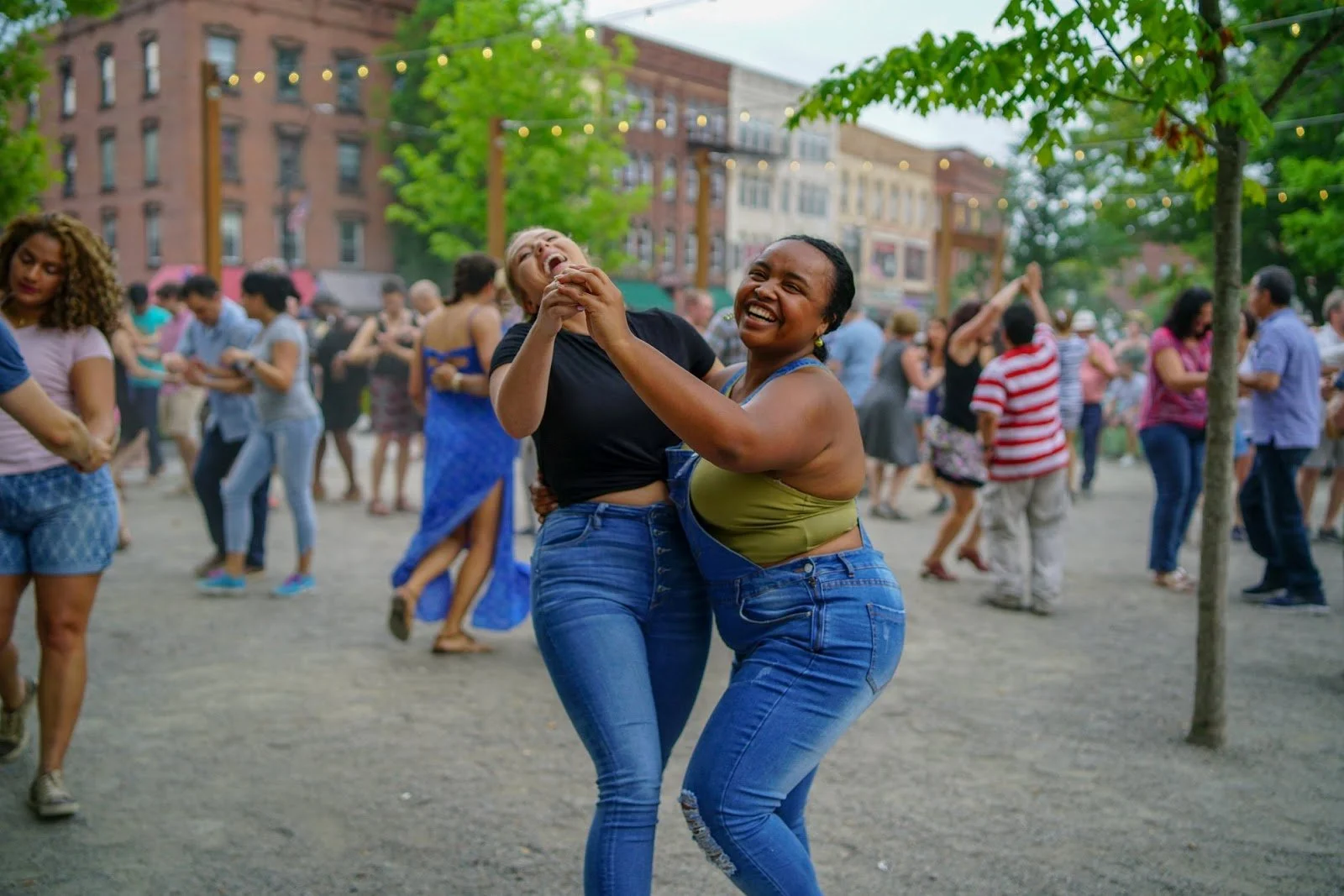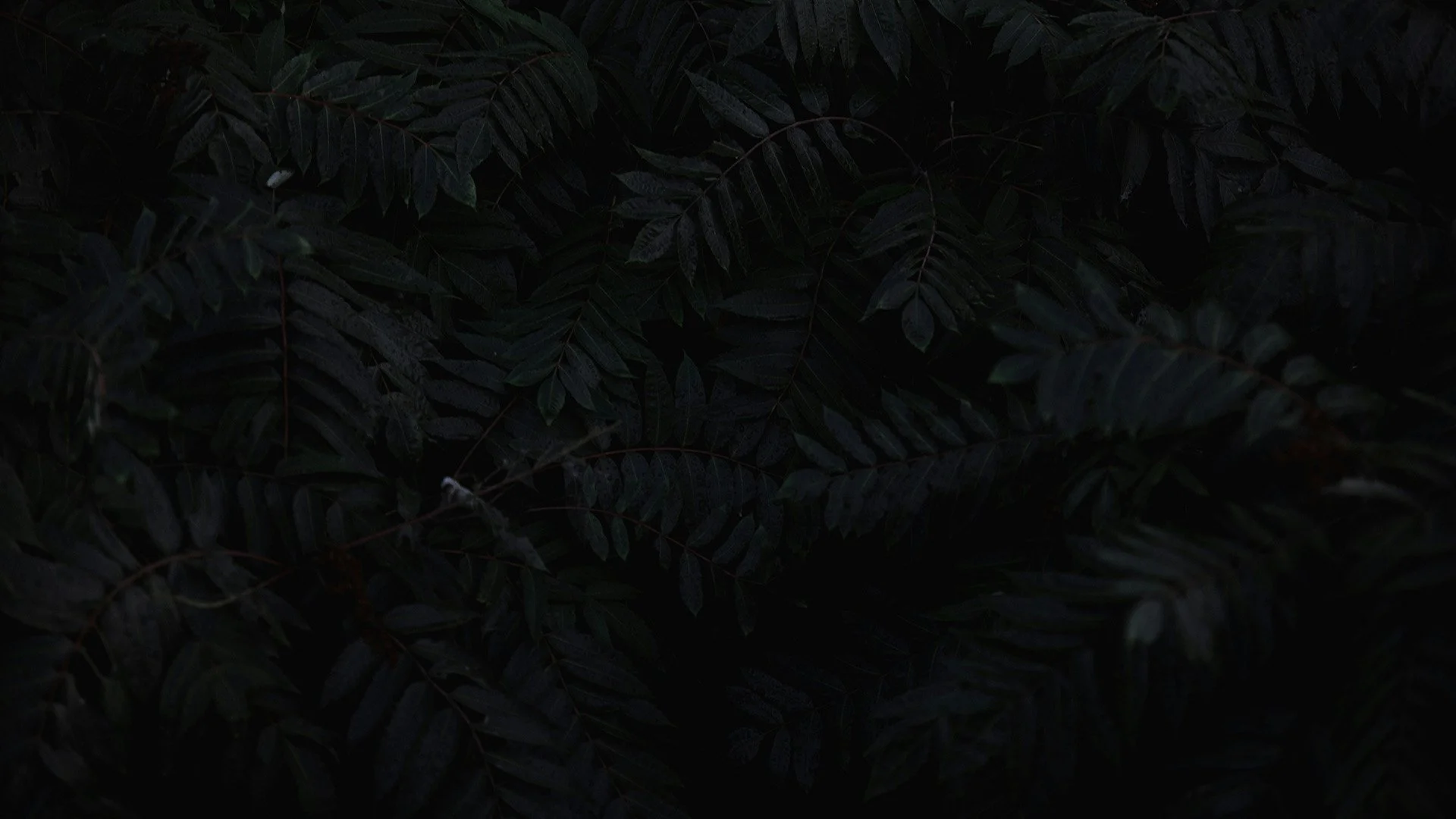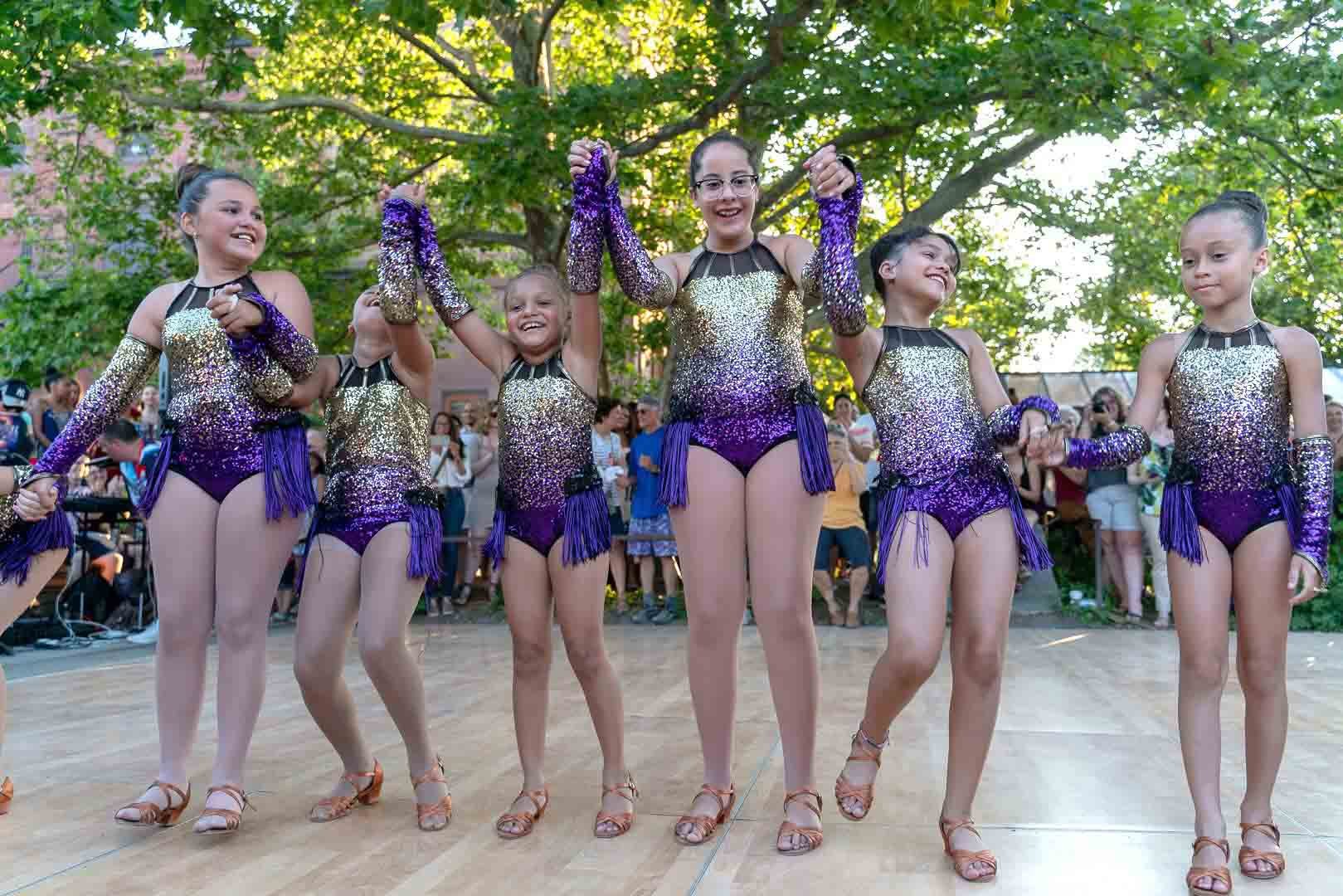
City of Northampton / Northampton Arts Council
CASE STUDY
SALSA IN THE PARK
Dancing Across the Divide

Challenge
Northampton, Massachusetts is a cultural destination—robust live music venues, acclaimed restaurants, thriving nightlife. Yet it faced an invisible gap: zero outdoor public dancing and no programming intentionally designed to bridge its 80% white population with thriving Latin communities in neighboring Springfield and Holyoke.
The newly renovated Pulaski Park sat in downtown's heart, perfect for community gathering. But arts infrastructure remained demographically segregated—live music venues and public programming centered majority culture.
How do you diagnose a gap no one else sees? How do you design programming that genuinely integrates communities rather than tokenizing one group? How do you generate downtown economic activity while creating authentic cultural connection?
This required understanding salsa's fundamental appeal—not just the dancing, but the culture, style, flavor, passion, and intergenerational community that makes it universally accessible.

Solutions
Most consultants propose programs based on assumption. I arrived with data from lived experience. Since 2011, I had attended salsa events throughout the Pioneer Valley—literally hundreds over seven years, including hosting private salsa house parties (30-50 attendees) that successfully blended Springfield, Holyoke, and Valley communities. Regular at Latin nights at the Iron Horse, Hadley's American Legion, and many other venues, I'd spoken with dozens of dancers from across the region, understanding their behaviors, travel patterns, and preferences.
The critical observation: While indoor paid salsa events thrived nightly and Springfield's Salsa Pa'Fuera drew local Puerto Rican crowds on Sundays, no programming targeted the untapped intersection—outdoor salsa attracting both Latin communities AND local residents seeking summer entertainment.
I recognized salsa's capacity to build genuine community across demographic lines. I'd witnessed this in dozens of cities worldwide. The missing piece wasn't salsa culture; it was strategic placement.
I proposed monthly cadence (June, July, August) rather than weekly. Monthly creates calendar events worth planning for—rarer, more special, justifying regional travel.
Most salsa events occur late evening after dinner. I proposed 7:00 PM start with beginner lessons first—creating economic activity: attendees from Springfield and Holyoke plus Hartford, Worcester, Albany, Boston arrive early, eat dinner, grab dessert, shop downtown. Pulaski Park sits directly across from dozens of restaurants, bars, shops. I quantified this: "200-400 additional consumers per event" with disposable income traveling significant distances.
Thirty-minute free beginner lessons (no partner required) made entry accessible while remaining integral to building cross-experience community.
The redesigned Pulaski Park—hanging lights, natural amphitheater, downtown proximity—transformed from "outdoor space" into destination. I leveraged existing credibility: seven years producing Young@Heart concerts, my 2017 exhibition "Cuba In Transition" (one of A.P.E. Gallery's biggest shows in 40 years, 3,500 visitors), and media relationships. I submitted a detailed proposal to Brian Foote and Steve Sanderson of the Northampton Arts Council (NAC) articulating the gap, vision, and execution strategy. Once approved, I stepped back, allowing institutional partners to execute.

Results
Seven years of sustained programming (2018–2025) proved institutional adoption. Salsa in the Park became NAC cornerstone.
Demographic integration materialized: The program became NAC's only summer offering where people of color comprise the majority—a remarkable achievement in an 80% white town. Attendees travel from Springfield, Holyoke, throughout the Pioneer Valley, Berkshires, Southern Vermont, Hartford, Worcester, Boston, Albany—creating authentic multicultural all ages spaces where communities genuinely mix.
Economic impact as designed: Downtown businesses experienced measurable increased patronage on event nights, fulfilling the original vision.
Regional thought leadership: After Amherst promoters attended Northampton events, they launched their own program—literally naming it "Salsa in the Park Amherst." This direct replication validated the strategic model.
Responsive institutional evolution: In 2021, after dancer feedback about the gravel surface, NAC purchased a portable wood dance floor. This demonstrated institutional commitment to quality and community listening—treating dancers as serious artists.
Natural growth: Programming expansion included Salsa in the Plaza, live salsa bands, and youth dance performances by local Latin-owned dance companies, proving how strong foundation enables organic evolution.
This is strategy that flows.

Impact
7+ years
Sustained programming proving institutional adoption (2018–2025)
150+ miles
Regional draw from Springfield to Boston, Hartford to Albany
POC majority
Most diverse NAC program in 80% white town
200-400
Attendees per event driving downtown economic activity
3-4 years
Time to regional replication (Salsa in the Park Amherst)
2021
Outdoor dance floor purchased from community feedback

“Mark's strategic vision launched what has become one of our most joyful and unifying annual traditions—bringing hundreds of people of all ages and backgrounds together every summer.”
—Brian Foote, Director of Arts & Culture, City of Northampton
“Salsa in the Park gives our students a stage to share their routines surrounded by a crowd that celebrates their talent and culture. It helps them see themselves as true artists.”
—Michael Rodriguez and Zamirah Santos, Directors of Latin Wildfire, Holyoke, MA

